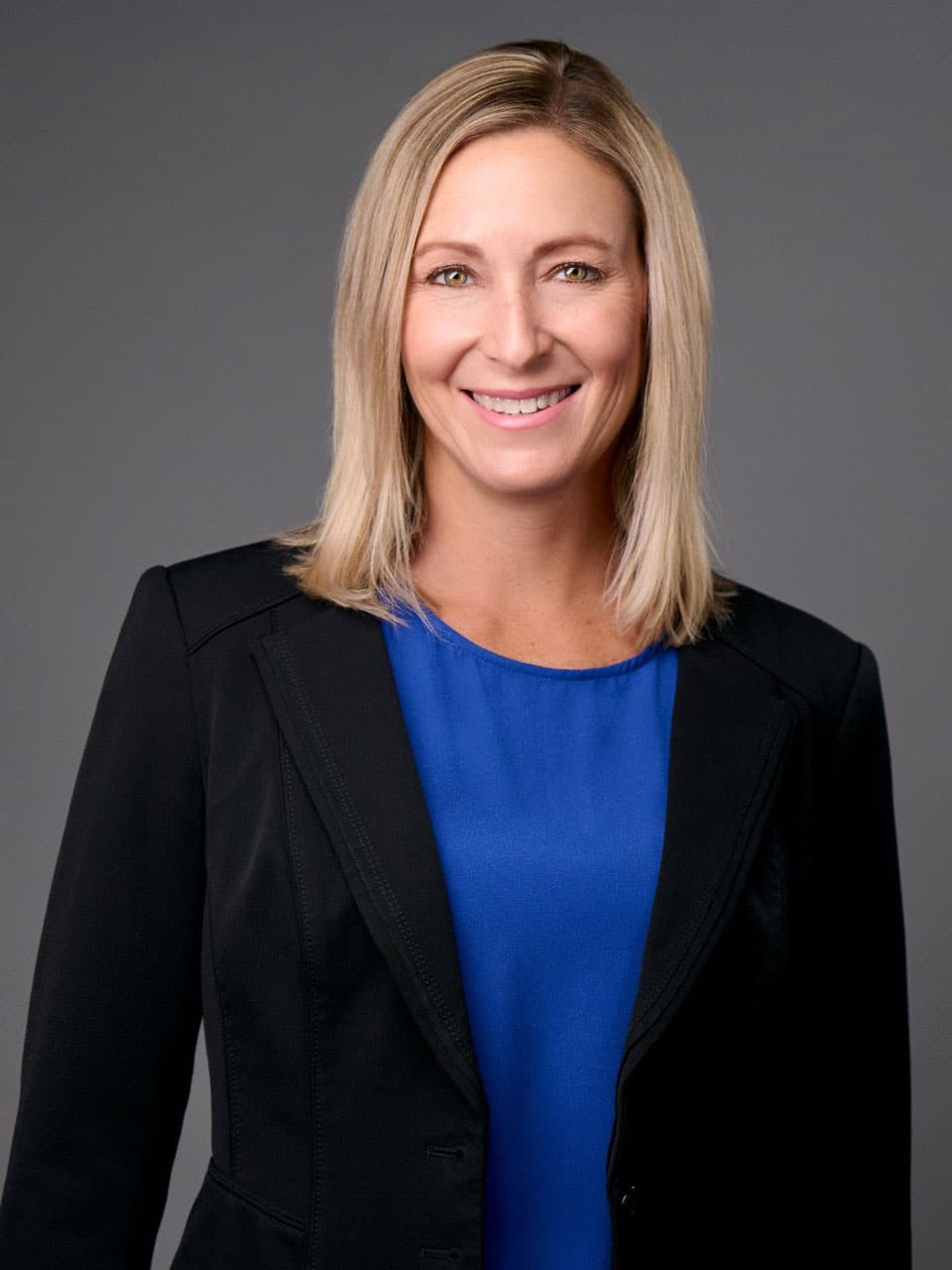How Leaders Can Cultivate a Fighter Pilot Mindset & Fail Forward

The sharing of lessons learned is part of the fighter pilot mindset because we want to help make the team better. When we have the courage to be vulnerable and share our stories, both good and bad, even when they expose mistakes or weaknesses, our experiences can help make other people better. We would face many failures in training and sometimes in combat, too, but the intent was that we would learn from them and then share them with other pilots. We had to learn to fail forward.
I learned some powerful lessons during my flight training as a result of failures and mistakes. However, I also spent a lot of time critiquing myself and worrying about my mistakes when they happened. I was worried about what people would think. I was worried about not living up to expectations. The reality is, we all make mistakes. We all fail. It’s not if, but when. Therefore, we need to learn to fail forward. We can do this best by having a growth mindset instead of a fixed mindset.
Dr. Carol Dweck, the author of Mindset: The New Psychology of Success, talks about the importance of having a growth mindset: “The passion for stretching yourself and sticking to it, even (or especially) when it’s not going well, is the hallmark of the growth mindset. This is the mindset that allows people to thrive during some of the most challenging times in their lives.” She goes on to explain the benefits of having a growth mindset when faced with failure: “Even in the growth mindset, failure can be a painful experience. But it doesn’t define you. It’s a problem to be faced, dealt with, and learned from.”
With a fixed mindset, however, Dweck explains, you will want to prove yourself correct and avoid looking deficient rather than learning from your mistakes. Those with fixed mindsets are likely going to avoid challenges and experiences where they might fail. And by doing so, they lose the opportunity to grow and improve.
It took me some time to shift from a fixed mindset to a growth mindset during flight training. Making mistakes and failing was painful. But the reality was, the instructors were also looking to see how we reacted when we failed. Could we learn from those mistakes and strive to be better? I became a better pilot and leader by working through those difficult experiences. If you allow it, failure can lead to growth and success.
Leading By Example
We will inevitably make mistakes and fail on our leadership journey, and our teammates will observe how we respond in difficult moments. Failure is a real possibility when we push ourselves to try new things and get outside our comfort zones. If we are going to achieve a high level of performance, then we must embrace smart risk. When we set the example, our team will follow because they know it is safe to do so.
General Jim Mattis, former Secretary of Defense, explained a comparable approach in his book, Call Sign Chaos. “If a commander expects subordinates to seize fleeting opportunities under stress, his organization must reward this behavior in all facets of training, promoting, and commending. More important, he must be tolerant of mistakes. If the risk takers are punished, then you will retain in your ranks only the risk averse.”
Mistakes will be made, so we need to encourage our team to acknowledge and learn from them. If we want the lower levels of our organization to think innovatively and be prepared to take risks, the example needs to come from the top. Failure may feel devastating, but we can’t have innovative success without it.
Considerations for Leaders
To be effective in a rapidly changing environment, leaders must create a culture focused on continuous improvement where there is a desire to excel and be the best at what we do. So, how do we cultivate this fighter pilot mindset in our organizations?
- Be intentional about analyzing performance. Shift away from a mindset that failure results in punishment.
- Inspire teammates to get outside their comfort zones and try new things. Reward innovative ideas and smart risk-taking.
- Highlight the positive aspects of mistakes and failure by focusing on the lessons learned and what will be done differently the next time.
- Encourage team members to embrace vulnerability by sharing their experiences so that others can develop and grow.
By inspiring this fighter pilot mindset within our team, we can thrive during stressful experiences and foster innovation and creativity. It’s okay for us to fail, but we need to fail forward . . . to fail and learn from what we did wrong. If you want to lead with courage, then adopt a fighter pilot mindset and learn to fail forward.
Excerpted with permission from the publisher, Wiley, from Flying in the Face of Fear: A Fighter Pilot’s Lessons on Leading with Courage by Kim Campbell.
Have you read?
Learning to Make a Difference by Leo Bottary.
The Red Flags That Can Kill An Investor Deal – And How to White Flag Them by Donna Griffit.
This Simple 4-Step Process Keeps Remote Teams on Track by Tamara (Tam) Sanderson.
How A Gift Changed Design History by Brian Wallace.
Over-Reacting In Business – A Tennis Ball In The Butt by Sarah Cordiner.
Bring the best of the CEOWORLD magazine's global journalism to audiences in the United States and around the world. - Add CEOWORLD magazine to your Google News feed.
Follow CEOWORLD magazine headlines on: Google News, LinkedIn, Twitter, and Facebook.
Copyright 2025 The CEOWORLD magazine. All rights reserved. This material (and any extract from it) must not be copied, redistributed or placed on any website, without CEOWORLD magazine' prior written consent. For media queries, please contact: info@ceoworld.biz








